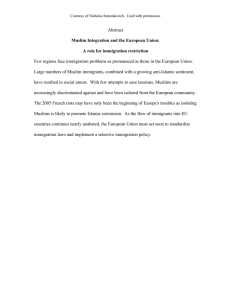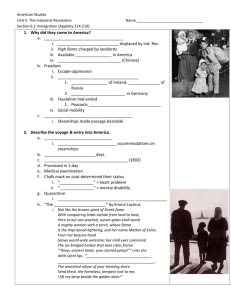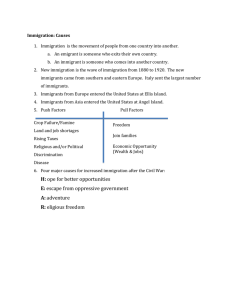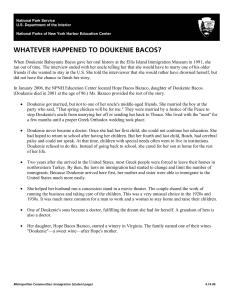The Great Immigration
advertisement
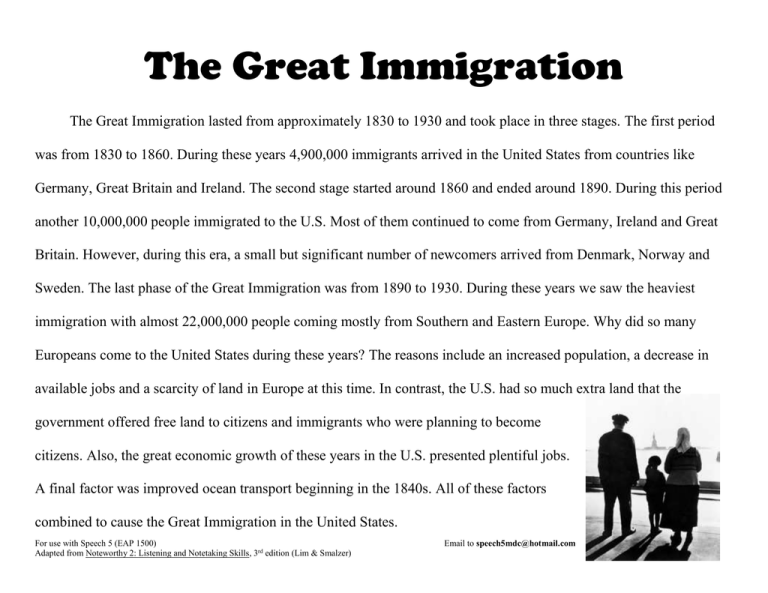
The Great Immigration The Great Immigration lasted from approximately 1830 to 1930 and took place in three stages. The first period was from 1830 to 1860. During these years 4,900,000 immigrants arrived in the United States from countries like Germany, Great Britain and Ireland. The second stage started around 1860 and ended around 1890. During this period another 10,000,000 people immigrated to the U.S. Most of them continued to come from Germany, Ireland and Great Britain. However, during this era, a small but significant number of newcomers arrived from Denmark, Norway and Sweden. The last phase of the Great Immigration was from 1890 to 1930. During these years we saw the heaviest immigration with almost 22,000,000 people coming mostly from Southern and Eastern Europe. Why did so many Europeans come to the United States during these years? The reasons include an increased population, a decrease in available jobs and a scarcity of land in Europe at this time. In contrast, the U.S. had so much extra land that the government offered free land to citizens and immigrants who were planning to become citizens. Also, the great economic growth of these years in the U.S. presented plentiful jobs. A final factor was improved ocean transport beginning in the 1840s. All of these factors combined to cause the Great Immigration in the United States. For use with Speech 5 (EAP 1500) Adapted from Noteworthy 2: Listening and Notetaking Skills, 3rd edition (Lim & Smalzer) Email to speech5mdc@hotmail.com


